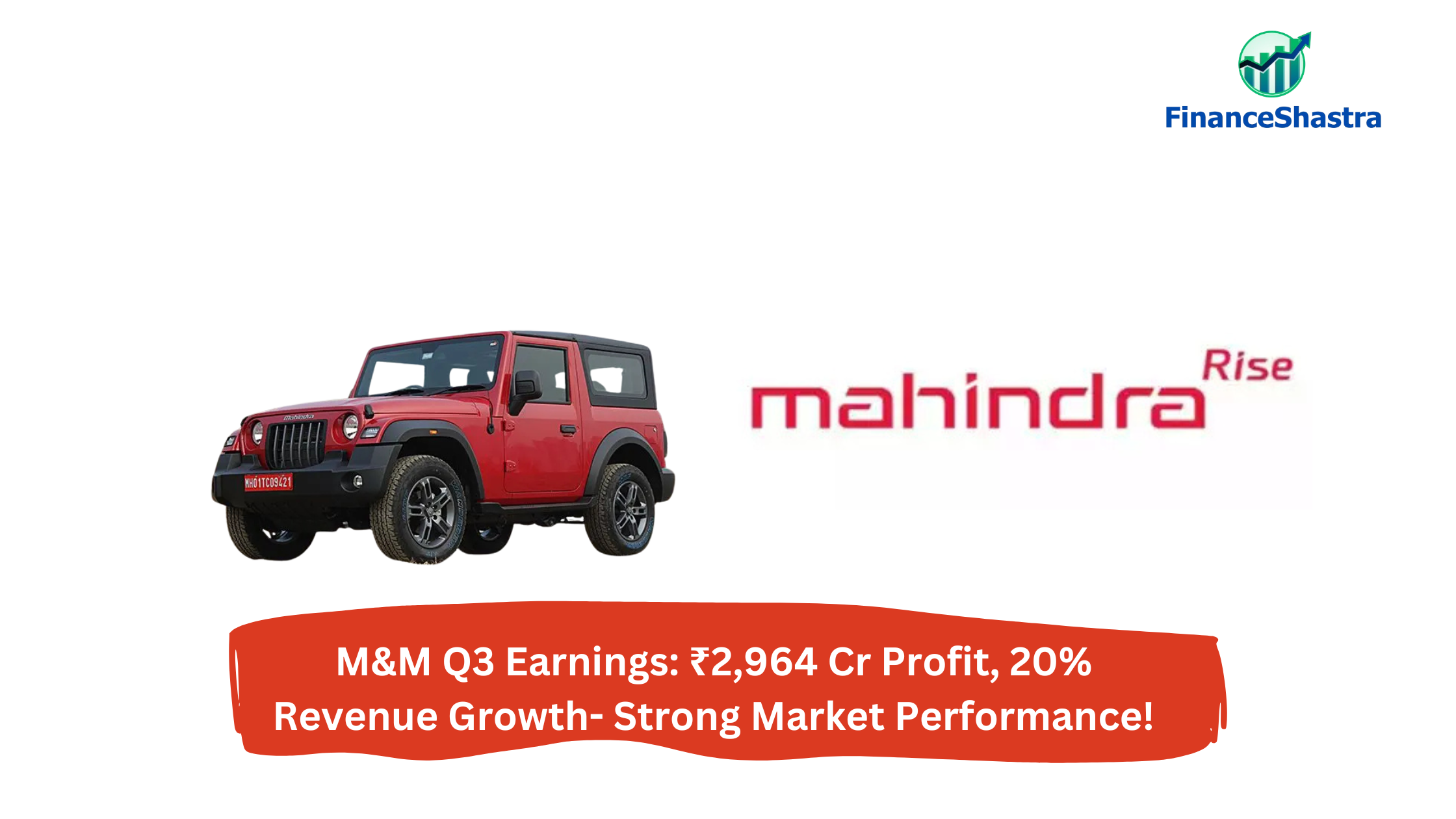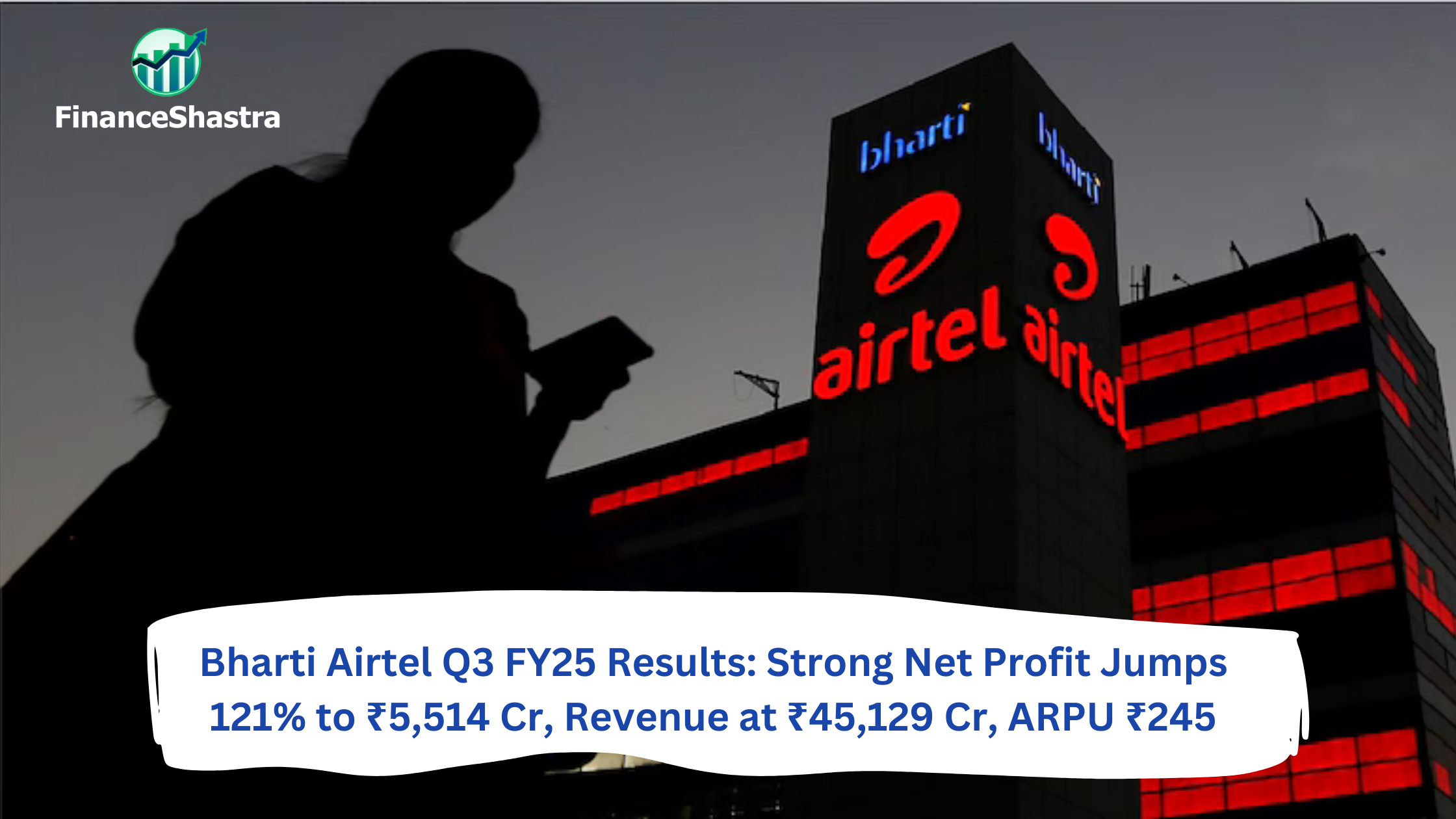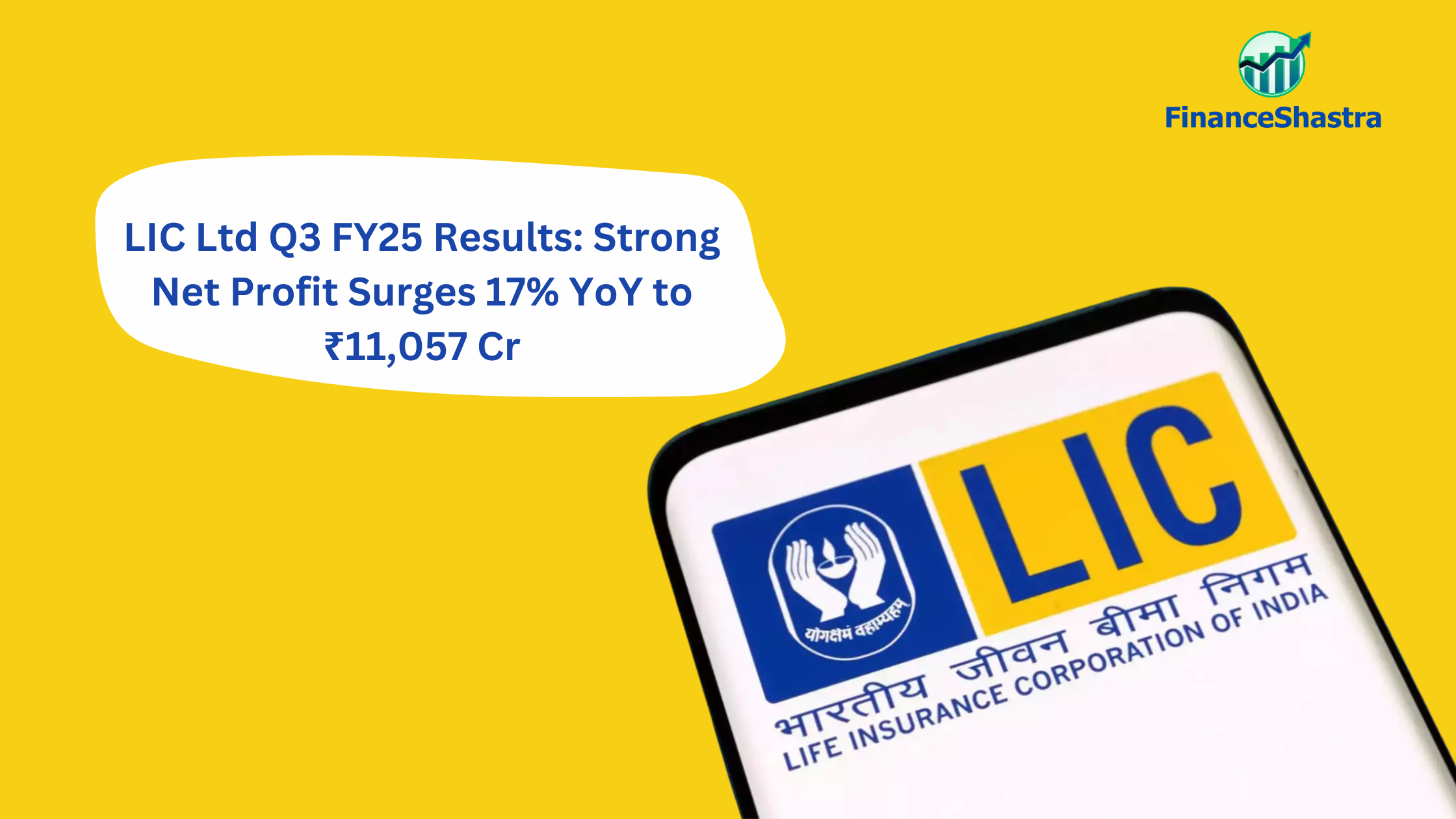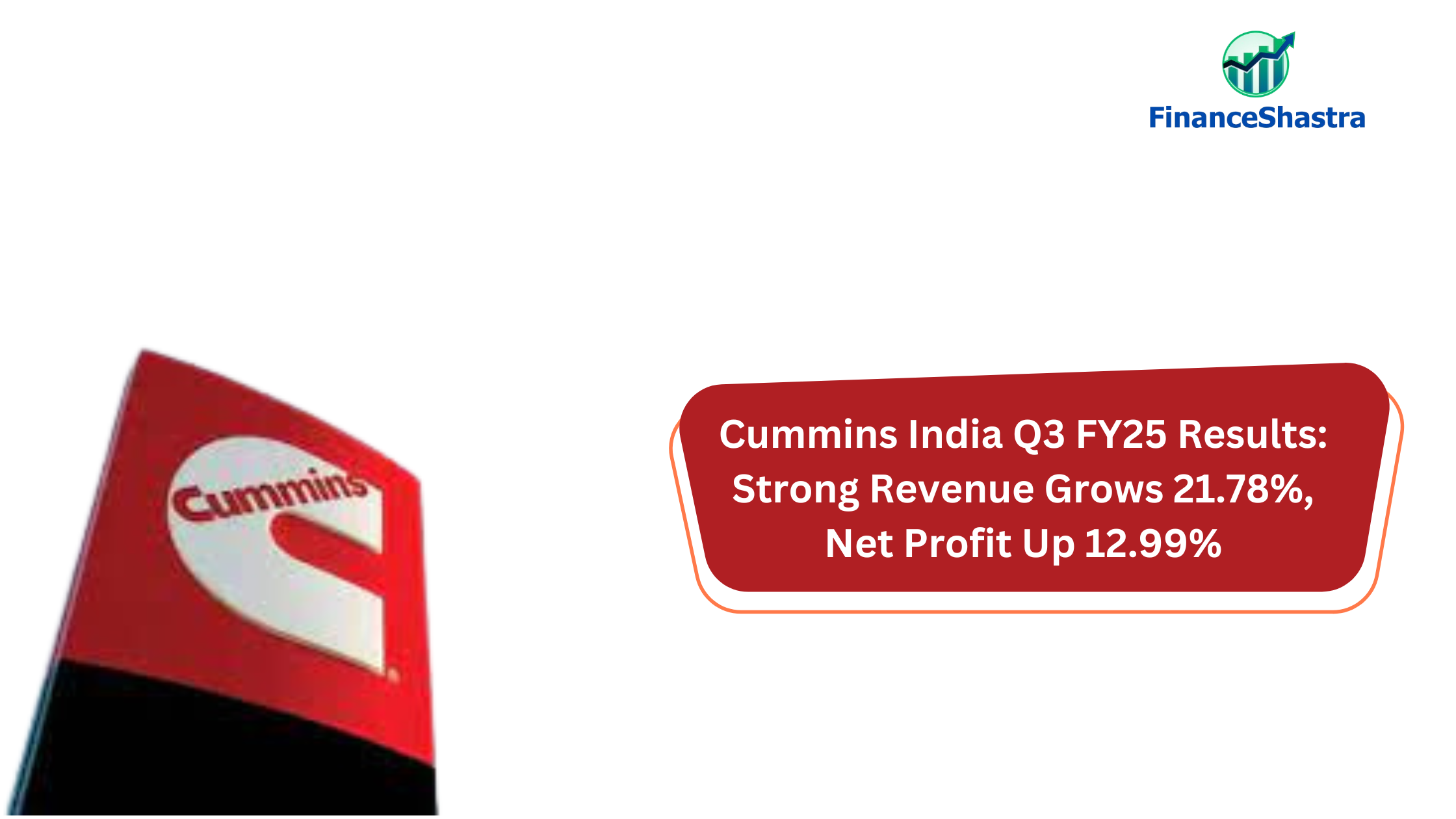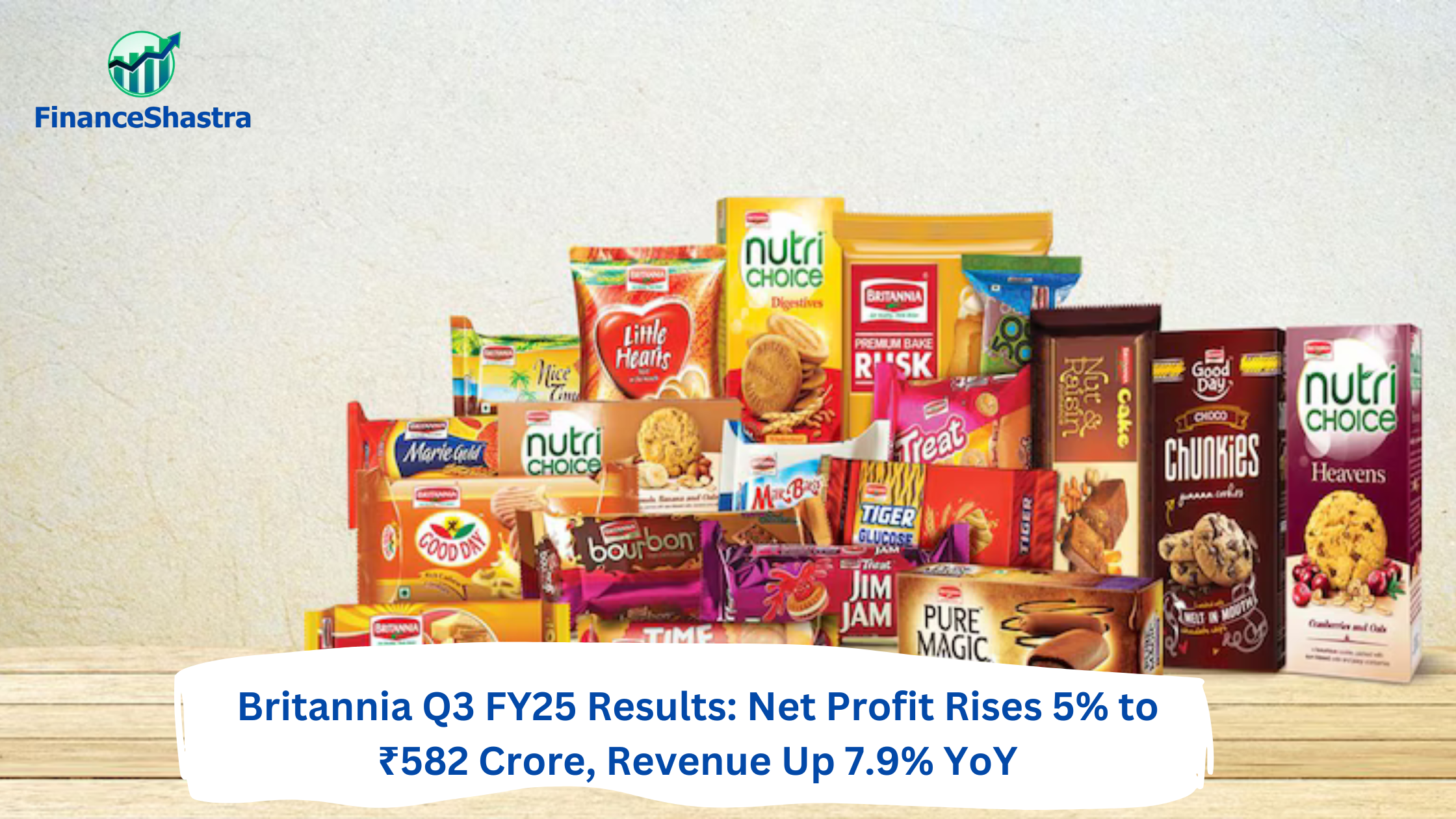Sun TV Q3 Results: Profit Slumps 20% to ₹ 363.26 Cr, Revenue Declines 10.3%
Business and Industry Overview
Sun TV Network is a leading Tamil language channel, operating 37 television channels across 7 languages. Sun TV, a Tamil-language channel, is a key part of the Sun TV Network and was established on April 14, 1993. It serves as the flagship channel for the Chennai-based conglomerate Sun Group, which Kalanithi Maran founded and continues to own. Since its inception, the channel has consistently been the top-ranked Tamil channel and is recognized as one of the leading television channels in India. Sun TV Network operates satellite television channels in seven languages—Tamil, Telugu, Kannada, Malayalam, Bangla, Hindi, and Marathi—and also runs FM radio stations throughout India. The organization boasts 37 television channels in seven different languages, a DTH (Direct-To-Home) broadcast service, 69 FM radio stations, three daily newspapers, six magazines, and two sports franchises. Its reach spans over 140 million households in India, and viewers can access the channels in 27 countries, including the USA, Canada, Europe, Singapore, Malaysia, Sri Lanka, South Africa, Australia, and New Zealand. Additionally, the network operates 69 FM radio stations, three leading Tamil daily newspapers—Dinakaran and Tamil Murasu—and six magazines. Sun Direct is recognized as one of the largest DTH service providers in India. Sun Pictures represents the film division of Sun TV Network, which also owns the Sunrisers Hyderabad team that competes in the Indian Premier League and the Sunrisers Eastern Cape in the South Africa T20 League.
The Indian Media and Entertainment (M&E) sector is rapidly growing, contributing significantly to the economy. Factors such as the availability of affordable high-speed internet, increasing income levels, and higher sales of consumer goods have greatly benefited this industry. India’s M&E industry is distinctive compared to other markets, known for its exceptionally high volumes and a rising Average Revenue Per User (ARPU). Sun TV commands a notable share of the Indian television market, especially in the Tamil segment, and is often regarded as the leading entity in Tamil entertainment channels. While specific market share figures may differ depending on the source, it is generally acknowledged as one of the foremost television networks in India, particularly strong in the Tamil market. The IPL franchise Sunrisers Hyderabad, owned by Sun TV Network, secured the rights for ₹85.05 crore (US$9.8 million) annually through a five-year contract shortly after the Chargers were disbanded due to ongoing financial problems.
Latest Stock News
Sun TV’s profit dropped by 20 percent to ₹363.26 crore in the December quarter. Revenue from operations fell by 10.35 percent to ₹827.56 crore in the December quarter, compared to ₹923.15 crore during the same period last year. The total expenses for Sun TV Networks rose by 10.86 percent to ₹500.01 crore in the December quarter of FY25. The overall income for Sun TV Networks in the December quarter was ₹967.56 crore, marking an 8.6 percent decrease. Additionally, in a separate announcement, Sun TV disclosed that its board has approved an interim dividend of 50 percent, translating to ₹2.50 per equity share of ₹5 each for the fiscal year 2024-25. The company also owns the SunRisers Hyderabad Cricket Franchise in the Indian Premier League and the SunRisers Eastern Cape in Cricket South Africa’s T20 League. “The results for the quarter and nine months ending December 31, 2024, include income from the Holding Company’s Cricket Franchises (‘Sunrisers Hyderabad’ and ‘Sunrisers Eastern Cape’) amounting to ₹8.98 crore and ₹522.66 crore, alongside corresponding costs of ₹1.09 crore and ₹238.85 crore, respectively,” it stated.
Segmental information
Sun TV Network has a diverse business portfolio spanning television broadcasting, OTT platforms, film production, radio, and sports.
Television Broadcasting: Sun TV dominates the South Indian media industry with multiple channels across Tamil, Telugu, Kannada, and Malayalam languages. These channels offer a mix of entertainment, news, and sports, making Sun TV one of India’s most-watched networks.
OTT & Digital Media:
With the rise of online streaming, Sun TV launched Sun NXT, its Over-the-Top (OTT) platform, providing a vast library of movies, TV shows, and live channels. Sun NXT caters to a growing audience seeking on-demand entertainment.
Film Production:
Through Sun Pictures, the company has produced and distributed several blockbuster films featuring top actors, significantly contributing to the South Indian film industry.
FM Radio Broadcasting:
Sun TV operates a widespread radio network through Red FM and Suryan FM, engaging millions of listeners with music, news, and talk shows across multiple cities.
Sports & IPL Franchise:
Sun TV owns Sunrisers Hyderabad (SRH), a popular cricket team in the Indian Premier League (IPL). Acquired in 2012, SRH won its first IPL championship in 2016 and continues to be a strong contender in the league. The franchise adds significant brand value to Sun TV through sponsorships, merchandise, ticket sales, and media rights, further strengthening the company’s presence in the sports entertainment industry.
Subsidiary information
Sun TV Network Limited serves as the parent company, overseeing a diverse portfolio of subsidiaries and joint ventures in the media and broadcasting industry. One of its key subsidiaries is Kai Radio Limited, which plays a crucial role in the network’s expansion into the radio broadcasting sector. Additionally, Sun TV Network Limited has a significant stake in South Asia FM Limited, a joint venture that includes seven other joint ventures and three associate companies.
The joint ventures under South Asia FM Limited include Pioneer Radio Training Services Private Limited, Optimum Media Services Private Limited, Asia Radio Broadcast Private Limited, Digital Radio (Delhi) Broadcasting Limited, Digital Radio (Kolkata) Broadcasting Limited, Digital Radio (Mumbai) Broadcasting Limited, and South Asia Multimedia Limited. These ventures strengthen the company’s presence across various regions.
Moreover, the company has three associate companies—Deccan Digital Networks (Hyderabad) Private Limited, Metro Digital Networks (Hyderabad) Private Limited, and AV Digital Networks (Hyderabad) Private Limited—which further enhance its market reach and operational capabilities in the digital broadcasting segment. Through these strategic partnerships and investments, Sun TV Network Limited continues to expand its influence in the media and entertainment industry.
It also owns IPL team Sunrisers Hyderabad which was founded in 2012.
Q3 Highlights
- Advertisement Revenues for the quarter ended 3F1 December ’24, at Rs.332.17 crs;
- EBITDA for the quarter ended 3F1 December ’24, at Rs.432.13 crs;
- Profit after Tax for the quarter ended 31’1 December’24, at Rs.347.17 cr. PAT falls 20% to Rs 363.26 cr, revenue down 10.3%
- Its revenue from operations declined 10.35 percent to Rs 827.56 crore in the December quarter. This same stood at Rs 923.15 crore in the year-ago period
Financial Summary
| Amount in ₹ Cr | Q3 FY24 | Q3 FY25 | FY23 | FY24 |
| Revenue | 1,014.81 | 927.66 | 3,772 | 4,282 |
| Expenses | 334 | 383 | 1,379 | 1,644 |
| EBITDA | 573.76 | 432.13 | 2,349.29 | 2,585.30 |
| OPM | 64% | 54% | 63% | 63% |
| Other Income | 140 | 146 | 380 | 515 |
| Net Profit | 437.34 | 347.17 | 1,707 | 1,926 |
| NPM | 18.17 | 19.00 | 14.30 | |
| EPS | 49.76 | 52.34 | 140.61 | 187.31 |




